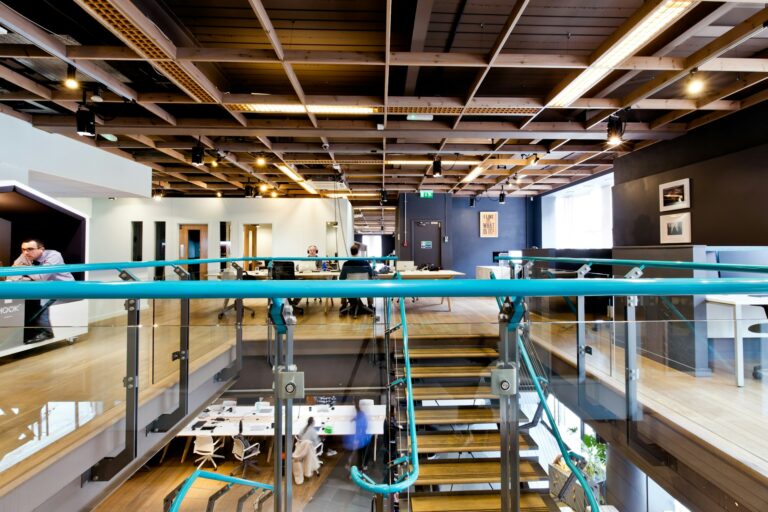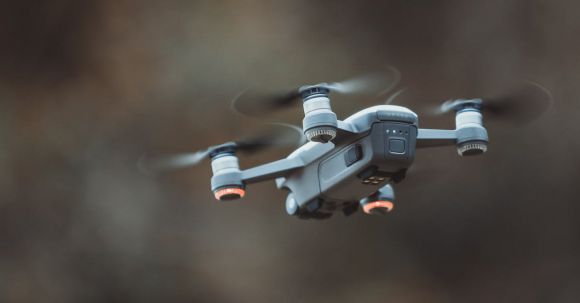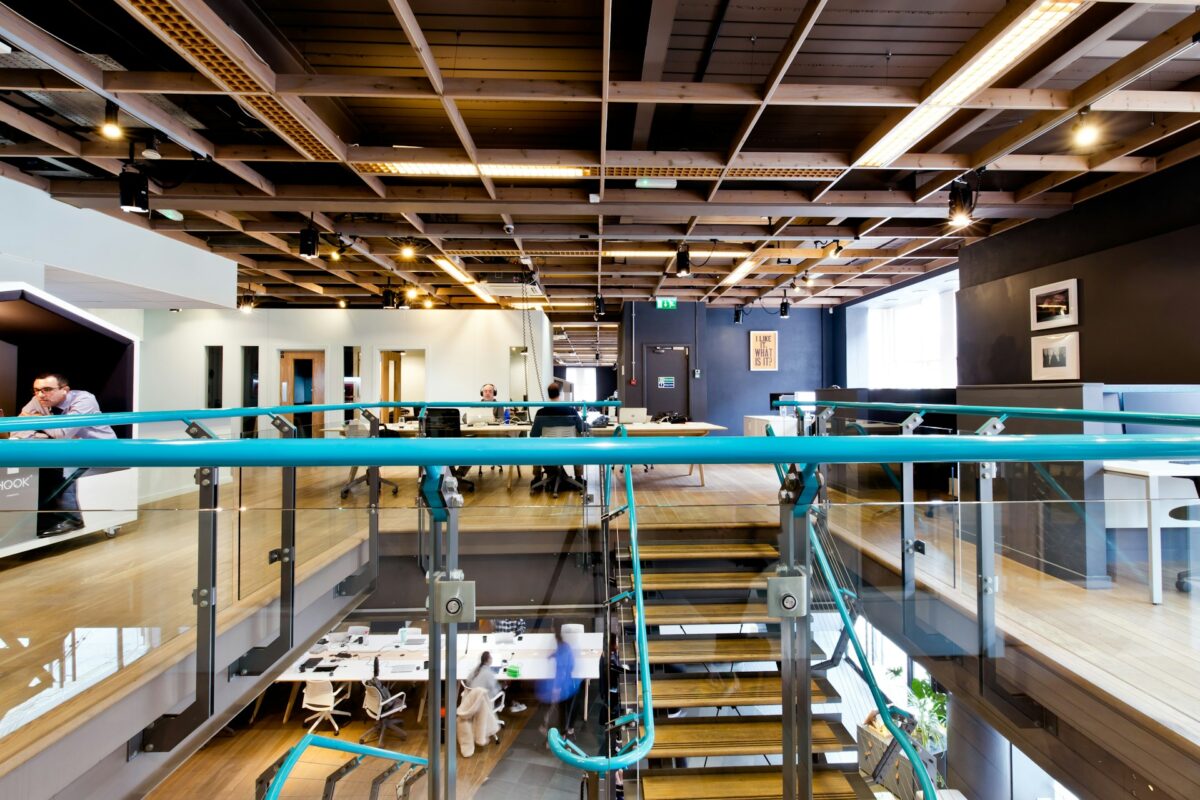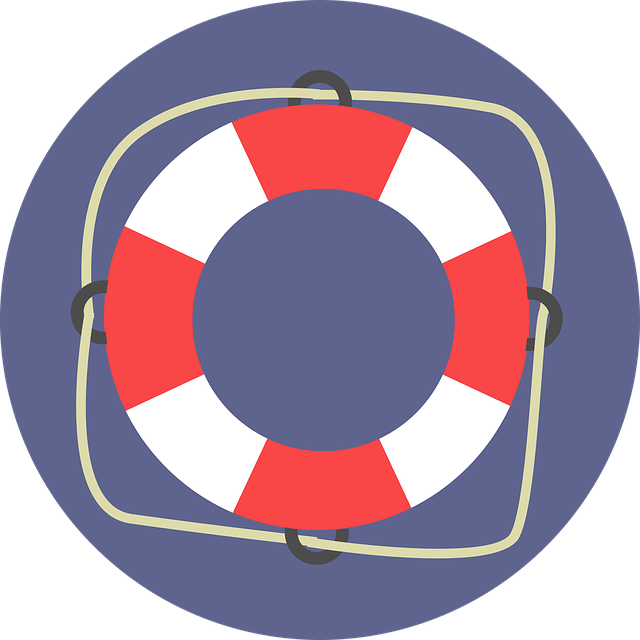
How Does Google Secretly Remove Millions of Copyrighted Pages Every Day?
Every second, the internet expands with new posts, images, videos, and websites. But behind this constant growth lies a quieter, […]

Can Optimized Graphics Really Boost Mobile Game Performance?
The Balance Between Visuals and Performance Mobile games today are more complex and demanding than ever before. Developers must strike […]

Why Last-Minute Meetings Are Killing Your Productivity
An invitation to a last-minute meeting could throw you off balance while working on something important. Although they might not […]

How to Optimize Your Workspace with Practical Tools
Creating an organized and functional workspace is essential for productivity. One of the most overlooked yet impactful tools is the […]

How to Select the Right Pallets for Transportation and Storage?
In logistics, pallets are the unsung heroes. They support goods, streamline handling, and protect products during transport and storage. However, […]

Unveiling the Mystical World of Tarot Divination Online
Introduction: The art of tarot divination has been capturing human imagination for centuries, providing insights and guidance through its intricate […]

Amazing Counter-Strike Features
Counter-Strike 2 (CS2), like its predecessors, stands out among many games due to its unique ability to influence the digital […]

How Far Can Consumer Drones Fly?
Consumer drones have become increasingly popular over the past decade, with more and more people using them for recreational purposes […]

What Is the Best Way to Store and Organize Digital Photos?
In this digital age, where almost everyone owns a smartphone or a digital camera, we are taking more photos than […]

Why Do Companies Use Multi-cloud Strategies?
In today’s digital landscape, companies are increasingly adopting multi-cloud strategies to meet their business needs. A multi-cloud strategy involves using […]

Which Companies Are Leading the Way in Medical Wearables?
The field of medical wearables has seen significant growth in recent years, with companies developing innovative technologies to monitor and […]

Which Esports Games Are Dominating the Competitive Scene?
Esports, or competitive video gaming, has exploded in popularity over the past decade. With millions of fans around the world […]

What’s the Battery Life Like on New E-readers?
In today’s digital age, e-readers have become increasingly popular among book lovers. With their sleek design and convenience, they offer […]

Which Apps Offer the Best Solutions for Remote Team Collaboration?
In today’s digital age, remote work has become increasingly common, with teams spread across different locations. While this offers flexibility […]

How to Maintain and Clean Your Headphones for Longevity?
Headphones are an essential accessory for many people, whether you use them for listening to music, watching movies, or making […]

How Does Google Secretly Remove Millions of Copyrighted Pages Every Day?
Every second, the internet expands with new posts, images, videos, and websites. But behind this constant growth lies a quieter, hidden process—Google’s ongoing effort to remove copyrighted material from its search results. While the web seems limitless, a massive number of links vanish daily due to copyright takedowns. Most users never notice, yet this process shapes the very content we find online.
Google’s copyright enforcement operations are enormous in scale. Every day, the company receives and processes millions of removal requests from rights holders, law firms, and automated detection systems. The goal is to protect intellectual property while maintaining a balance with free access to information. This delicate task is largely handled by the google trusted copyright removal program, a system that combines automation, partnerships, and human review to keep the digital ecosystem fair and lawful.
The Hidden Machinery Behind Content Removal
At the heart of Google’s copyright enforcement lies an intricate workflow involving algorithms, legal review, and cooperation with rights owners. The system automatically detects duplicates, cross-checks data, and decides whether content violates copyright rules. Once a request is validated, the offending link disappears from search results—often within hours.
Most of these requests come through the Digital Millennium Copyright Act (DMCA), a U.S. law designed to protect digital content. What makes the system powerful is its scale and speed: billions of URLs have been delisted since the program began. For most users, this process is invisible, yet it significantly influences what we see online.

Who Uses Google’s Copyright Tools?
While anyone can file a DMCA complaint, Google gives priority access to verified partners and large rights-holding organizations. These trusted entities can submit requests directly through automated tools, ensuring faster and more accurate removal. This approach helps avoid fake or abusive claims while maintaining efficiency in dealing with mass piracy.
Among those who actively participate in the process are:
- Film and music studios: They file constant reports to remove pirated copies of movies and albums.
- Publishing companies: Protecting e-books, research papers, and magazines from unauthorized distribution.
- Software developers: Targeting cracked applications, key generators, and fake download links.
- E-commerce brands: Preventing counterfeit products and unauthorized sales through cloned listings.
These industries rely on Google’s speed and accuracy to keep their intellectual property safe in a fast-moving digital environment.
The Double-Edged Sword of Content Removal
Although Google’s copyright program has protected countless creators, it also raises important questions about transparency and power. Critics argue that automation can sometimes lead to the wrongful removal of legitimate content, especially in gray areas such as fair use or parody. Balancing protection and freedom is a constant challenge.
There have been instances where independent artists, journalists, and educators had their work delisted due to algorithmic overreach or mistaken reports. For small creators, losing visibility in search results can mean losing an audience entirely. That’s why human oversight and transparent review processes remain crucial.

Maintaining the Balance Between Protection and Access
To address these challenges, Google allows webmasters to file counter-notifications if they believe a removal was unjustified. However, this process can be time-consuming and intimidating, especially for individuals unfamiliar with copyright law. The platform has improved its communication and reporting tools, but the balance between protecting intellectual property and preserving access to information is still evolving.
Experts in digital rights emphasize that this system is a necessary yet imperfect tool. Without large-scale takedown mechanisms, piracy would spread uncontrollably. But without checks and balances, it could also silence legitimate voices and stifle creativity. Achieving harmony between these two forces is one of the greatest challenges of the modern internet.
In conclusion, Google’s daily removal of copyrighted pages is both a technical marvel and a legal necessity. It represents an invisible battle fought behind search results—a continuous process of protecting creators while navigating the complexities of global copyright law. As digital content continues to expand, so too will the scale and sophistication of these enforcement systems, shaping how we experience and trust the information that defines our online world.

How to Optimize Your Workspace with Practical Tools
Creating an organized and functional workspace is essential for productivity. One of the most overlooked yet impactful tools is the A4 Sign Stand. This simple yet versatile accessory can elevate both professional and personal environments. Whether you’re hosting an event, running a retail business, or setting up an office, a well-placed sign stand helps communicate key information clearly and effectively.
Its portability and sleek design make it suitable for displaying menus, announcements, or instructions. Investing in durable materials ensures longevity, even in high-traffic areas. To maximize its effectiveness, pair it with visually appealing signage that matches your branding or purpose. Small improvements like this can significantly enhance your workspace’s functionality and aesthetics.
Digital business leverages online tools and platforms to drive growth and efficiency. Website promotion increases online visibility and attracts more visitors. Remote control allows for precise operation of robots in various tasks.
